Halloween: Gimmick or Festivity?
Halloween's coming soon! With it falling on the same day as Diwali this year, there have been many thoughts on how to balance the celebration of these holidays for those that ordinarily take part in both. Obviously Diwali carries cultural weight and significance, while Halloween is often seen as another purely commercial celebration, not even a holiday! Halloween didn't start off this way though, and its reduction to a largely children's celebration characterised by costumes and candy is both a product of commercialisation and colonisation.
Halloween started as a harvest festival known as Samhain and was celebrated by the Celts. That places the origin of this holiday around 2000 years ago in modern day Ireland and The UK. The day marked the end of the summer, ushering in a period where the Celts believed that the border between the worlds of the living and the dead became thinner. This meant that ghosts could walk the Earth, and it was their belief that this was the reason their harvest was weaker, and crops were more prone to sickness and death. Halloween was seen as their new year day.
Today, the new year (according to the Gregorian calendar) is a standard bank holiday globally. After that, the biggest new year celebration is the lunar new year, celebrated as a bank holiday in China, Taiwan, Vietnam, Thailand, Malaysia, Singapore, The Phillipines, Brunei, Indonesia and North and South Korea. The erasure of cultural new years, or even just the naming of them as "cultural", has standardised and reinforced viewing the Gregorian as the standard after being adopted globally as a product of British colonisation.
Like Yule, which originated as a Scandinavian pagan holiday, Halloween has been colonised and warped into a holiday designed to create sales. Yule, which should be distinct from Christmas but was merged and overshadowed in the 9th century, has given us the most iconic symbol of Christmas - the Christmas tree! When the Romans colonised the Celts, Halloween was merged with two of their own harvest festivals one of which honored the Goddess Pomona whose symbol is the apple and this is where the tradition of apple bobbing likely came from!
A decorated evergreen was originally a Yule tradition for the winter solstice which got adopted as a Christmas practice
In 2023, the US spent a record-breaking $12.2 billion dollars on Halloween, with $3.6 billion going into confectionary sales alone. The lead up to the holiday sees pop up shops dedicated to this one day seeing merchandise like costumes and decorations. Brands create holiday special editions and unique items. It's safe to say that Halloween brings in a lot of money, making it a worthwhile tradition to uphold, even if the real tradition has been lost.
I find it interesting that so many of our holidays come from these rich traditions that have been watered down and transformed into money making machines. There is the potential to learn and celebrate so much history that is actively being lost. With Diwali occurring on the same day, there is even the added factor where many people would find it disrespectful to cover both holidays due to the added religious factor. But, Halloween's pagan roots are just as religious - most people just aren't aware of them.
The balancing of tradition is something we need to get better at. What will it look like on the year that Christmas and Eid fall on the same day? We need to find ways to accommodate any and all cultural values, without being dismissive, disrespectful, or privileging certain ones over others.
Links:
https://www.history.com/topics/halloween/history-of-halloween
https://wilstar.com/holidays/how-much-candy-is-sold-on-halloween/



